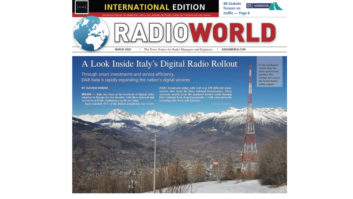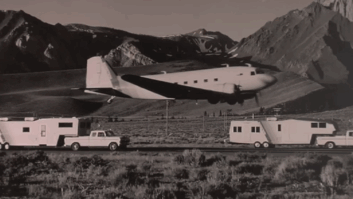MUNICH — Traffic is a key content in many stations’ schedules. Some stations are renowned for their timely, detailed traffic breaks. Others specifically target motorists driving along a given motorway or within a region. Bayerischer Rundfunk (Bavarian Broadcasting), instead, went a step further with BR Verkehr.
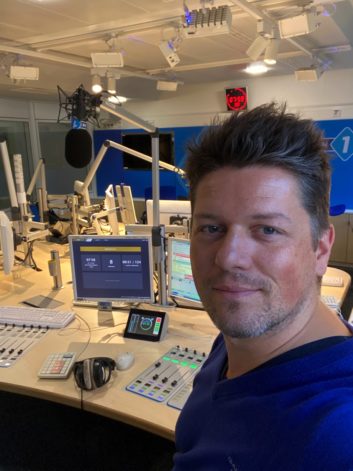
BR is a public-service radio and television broadcaster, based in Munich, and is a member organization of the ARD consortium of public broadcasters in Germany. They air five radio stations in both FM and DAB, plus five digital-only stations.
FULLY AUTOMATED
As a pioneer of digital radio broadcasts, in 2005 BR began broadcasting a digital-only station — BR Verkehr [BR Traffic] to air traffic information only.
BR Verkehr is a fully automated station. A speech synthesizer “reads” the various traffic news and composes a traffic newscast that lasts a few minutes, depending on the actual number of alerts. The process then restarts from the beginning.
“We have a traffic newsroom where one journalist is on duty 24 hours a day,” said Daniela Rembold, BR Traffic coordinator, “and a second one from 5 a.m. to 6 p.m.. In this newsroom we manage all the traffic information for each of our radio stations, for our website and for our videotext services.”

BR receives traffic information and alerts from many sources, including the police, the ADAC [the German automobile club] and the TomTom Traffic service.
One of the two journalists on duty has the task to gather and merge the various pieces of information that arrives from available sources. After having received the information, the journalist identifies the locality of a reported event and double checks the affected area on Google Maps to verify the situation and expected time delays.
The first journalist then composes a traffic alert message, while the second journalist, in the studio, is ready to break-into the current program feed of BR’s station Bayern1 to broadcast severe alerts, like a ghost driver (someone driving in the wrong direction) or animals on the road, as they arrive.
TIMELINESS
“We do not have an approval process on traffic news,” Rembold explains “timeliness is key to us, so we rely on each of our journalists.”
BR’s editors do not forward the received traffic news or alerts as they are. Instead, they optimize the wording in order to ensure that each sentence sounds clear and can be properly understood by listeners.
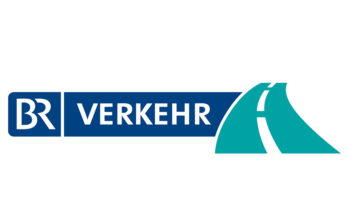
“Their job is turning the received information into clear, effective and easily understood messages that can successfully reach our audience, as well as our website’s readers,” Rembold added.
Firstly the journalists tailor the message that’ll be broadcast on air, then they prepare a specific version of the same message for BR’s website and for the speech synthesizer process.
The workflow of BR’s traffic newsroom is based on the continuous, automated ingestion of data feeds from trusted sources in the form of TPEG and TMC metadata, while TomTom Traffic has its own proprietary format. A specific software suite turns the received feeds into understandable information.
No manual action is usually required to receive the information. If a reporter finds out about a major accident, they call the police or an involved authority and run a remote interview in order to provide a complete, ongoing picture to their listeners.
Unlike traditional stations, BR Verkehr focuses only on the continuous update of “fresh,” brief and effective news — there is no space for interviews and side information.
EARLY TRIGGER
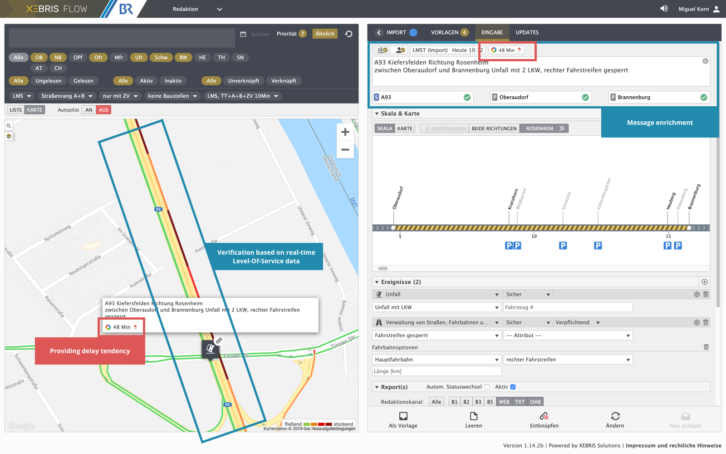
In order to check the present conditions of traffic impairments and delays, BR journalists rely on TomTom information and the Floating Car Data service (FCD) from the ADAC. If required, they can also access Google Maps to double check as many details as they can, especially the impact the given event can have on travel times.
Google Maps does not feature a “trigger event,” which can activate a sort of flag to tell reporters that something is happening, like TPEG and TMC metadata do. Since Google Maps can’t prompt editors with pushed alerts or events, reporters need to manually check the Google Maps website for what’s happening at the involved location.
BR’s traffic newsroom relies on the Xebris Flow software suite from Xebris Solutions (an Austria-based IT traffic data management company) to ingest and manage incoming traffic and news reports, as well as to prepare their traffic bulletins.

Anton Fitzthum, Xebris Solutions business development partner, believes that radio stations can’t rely just on information coming from police departments as an initial trigger for traffic alerts.
“In Germany,” he said “the average delay between the time a police patrol on the road notices an accident and broadcast editors receive the relevant message is between 15 to 20 minutes,” he explained. “So, when the editors get the alert it could be that there is no congestion anymore. Or that maybe the situation has degraded.”
Fitzthum believes the integration of traffic information from TomTom Traffic, Google Maps or other third-party real-time level of service data provider within a broadcasters’ traffic newsroom systems is crucial for consistent early triggers of traffic events.
“Otherwise, even the best designed traffic information newsroom could produce bulletins that are timely with respect to the information received, but dramatically late on real events.”
